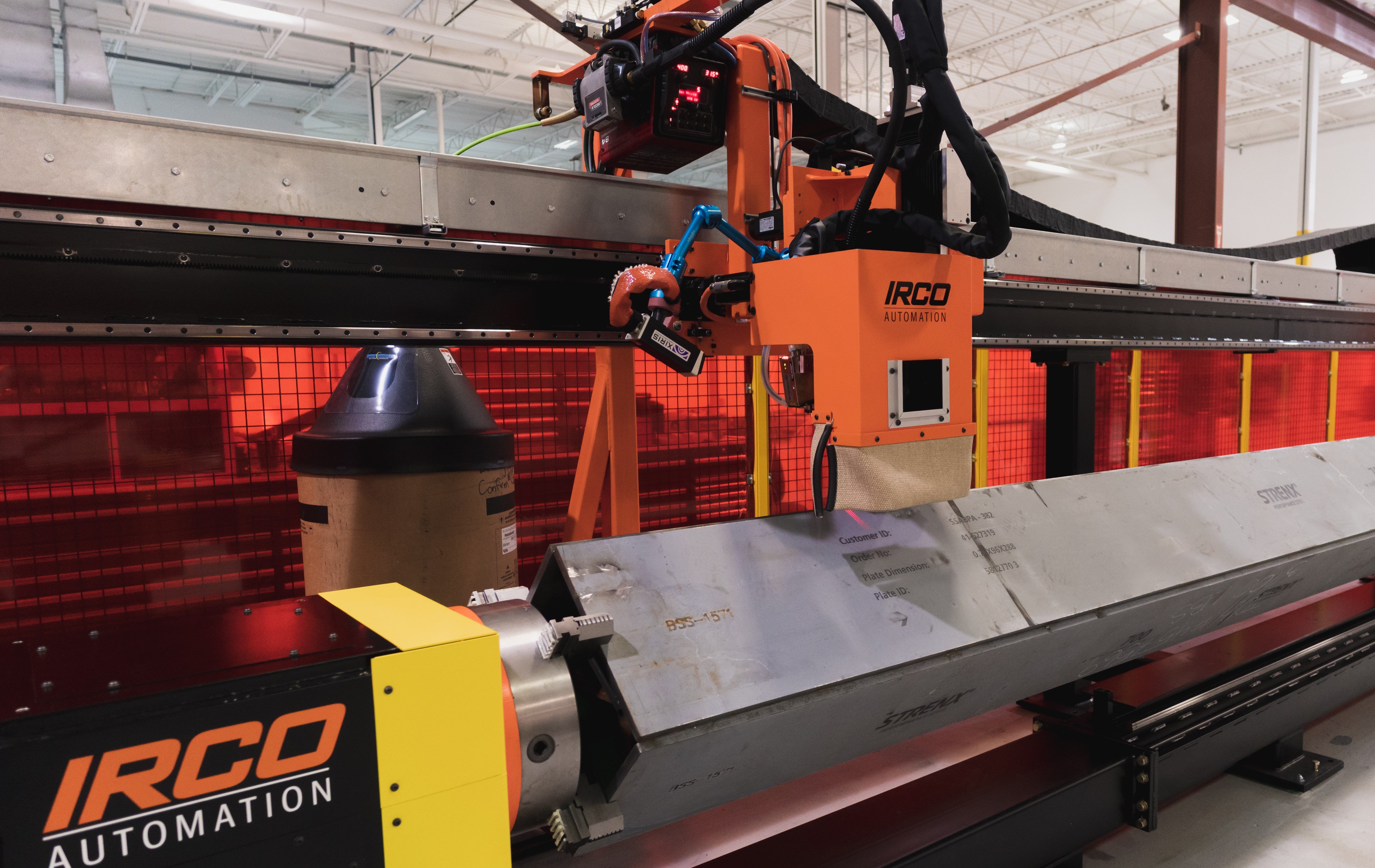Accuracy, repeatability, and resolution are three main metrics by which any measurement tool is rated, including most machine vision systems. Unfortunately, there’s a great deal of confusion around these metrics, particularly regarding how they are interrelated and work together.
To begin a discussion about these terms, it's first necessary to define each of them:
Accuracy is the degree of conformance between a measurement of an observable quantity and a recognized standard or specification that indicates the true value of the quantity. Accuracy is a qualitative concept (i.e., one in which a process is based on physical properties) and should not be confused with precision, which is the closeness of agreement between independent test results obtained by applying a measurement procedure under stipulated conditions.
Repeatability of a measurement tool is the amount by which repeated measurements of the same quantity and same operating conditions vary from their mean. In some situations, repeatability can be defined as the value below which the absolute difference between two single test results obtained under identical measurement conditions may be expected to lie within a specified probability.
Resolution refers to the smallest optical feature, such as a line that can be distinguished from another line in an optical system. Resolution depends on several factors:
- The number of pixels in an image sensor.
- The magnification of how those pixels are projected onto an object.
- The quality of the optics that map the image to the image sensor.
How Accuracy and Repeatability Are Interrelated
The accuracy of a process cannot be correctly calculated without first determining the repeatability of the measurement process. Repeatability is a prerequisite for accuracy. If the measurement system cannot produce repeatable measurements, the measurement results can’t be verified as accurate.
Many machine vision systems will be able to function with a measurement process that is repeatable without being accurate (e.g., changes in the measured diameter don’t directly correspond with the changes in the object’s diameter). Even if a repeatable measurement system doesn’t yield accurate measurements, it will perform in the same manner under the same conditions, allowing relative measurements to be made.
But often overlooked is the opportunity—and sometime necessity—of performing object measurements to ensure proper quality control or process improvements. To get these object measurements—as well as to obtain valid operating data to form the basis for improvements—repeatable measurements must be calibrated to become accurate, yielding measurements that closely reflect the true value being measured.
The process of elevating a repeatable measurement system to one that is repeatable and accurate depends on the application and budget.
How Accuracy and Resolution Are Interrelated
Once a video signal is digitized, the resulting digital data is stored in memory and can be accessed by an image processor. The number of pixels in an image defines the resolution of an image, and the number of bits used to store the brightness information defines the depth of the image.
Each pixel has a numerical value that represents the average brightness of the image over the area that the pixel occupies in the original analog image, where 0 represents black, 255 represents white, and the values between represent all the shades of gray (for an 8-bit memory buffer). Although the camera has discrete physical pixels, the exact timing between pixels is lost due to the time delay between transmitting that pixel and digitizing its value, causing a temporal error.
By increasing the resolution of the image by using a larger frame buffer, a measurement can be made more accurate up to the point of the size of the camera sensor. Based on Nyquist's sampling theory, we can say that a 768 X 576 pixel camera can display up to 384 X 288 distinct lines, or objects in the image, under ideal conditions. (A typical image has much less information content than this number.)
Because physical pixels are not the same sizes horizontally and vertically, and the digitization process does not occur on pixel boundaries, any pixel-based measurements do not give the same calibration value horizontally and vertically. Therefore, the correlation between the photosites (camera pixels) and the digitally stored pixels can only be approximated by calibrating the pixel size in both the horizontal and vertical directions.
Conclusion
Accuracy, repeatability and resolution are all terms that are often incorrectly used interchangeably. A clear understanding of what these terms mean and the scientific basis they have in the measurement process is essential for the successful implementation of a useful machine vision measurement system.
Follow Xiris on social media for regular updates on welding cameras and welding videos!





.png)


